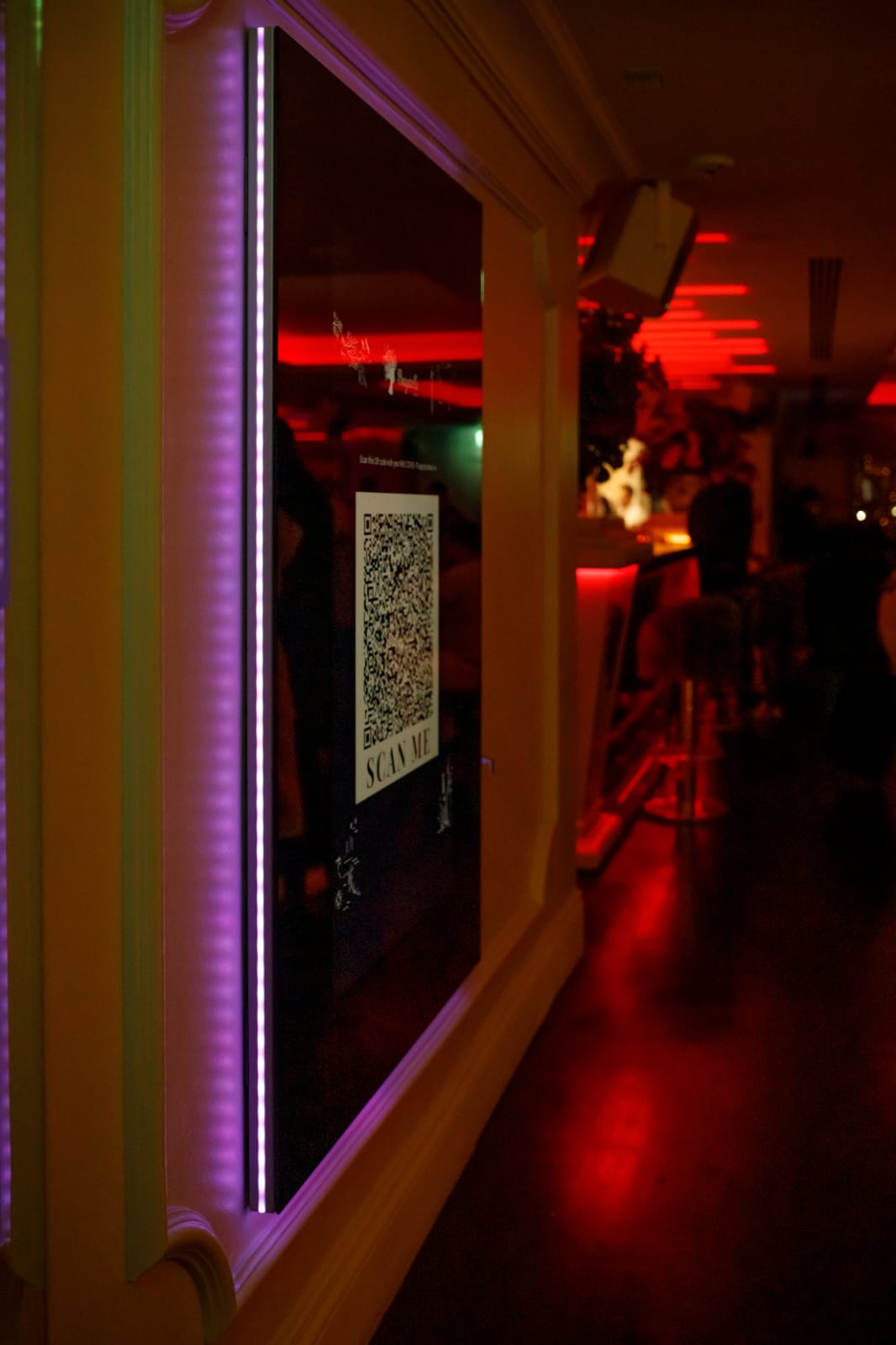Jarábik Barbara: Luxury marketers may also focus on the heritage and history of their brand, emphasizing its long-standing reputation for luxury and opulence. This can be an effective way to create an aura of luxury, as it suggests that the brand has a long-standing reputation for quality. If your brand was established years ago, make sure to include a history section with interesting facts on your website. Ideally, you should maintain a balance between innovation and tradition in your luxury strategy. An interesting way to do this is by collaborating with artists. A good example is luxury French brand Louis Vuitton, who have worked with Yayoi Kusama, Stephen Sprouse, Takashi Murakami and Jeff Koons.

Sales copy like this appeals to the deeper primal and emotional reason that a customer is purchasing a luxury product. It also allows them to imagine what it would be like to use the product which is a car in this case. This strategy is especially effective for items you can’t easily try like a vehicle. They state that the Cullinan has incredible comfort and space for creating unforgettable memories with friends. This can instantly make customers imagine what it would be like to visit a cottage or road trip in this car.
In Jonah Berger’s book, Contagious, he explains that one of the main reasons why people talk about things, and spread word of mouth (online or offline) is to display the traits that they want others to see in them. Charities, for example, are one of the most liked categorises of pages on Facebook. While some of this can be explained by altruism, it’s been found that the main driver for liking a charity on Facebook is to show others that you’re charitable. Because one of the primary motivations for buying luxury goods is to display status, brands can take advantage of this by creating and publishing content that, when others share, will make them look stylish, smart, or cool to their friends.
Say you sell shoes hand cobbled by the finest artisans in all of Montana. While the keyword “shoes” will certainly yield traffic, and some of those searchers may very well be interested in buying your exceptional kicks, the overwhelming majority of that traffic falls outside of your target demographic. This becomes even more of an issue as you begin to consider keywords with modifiers. “Cheap,” “sale,” and the dreaded “free” are all words that, when appended to a query, ostensibly eliminate a searcher as a prospect. Account-wide negative keywords ensure you never bid on terms you have no interest in paying for (on purpose or accidentally).

According to a report by McKinsey digital now influences at least 45% of all luxury sales. It’s understandable why luxury brands have been hesitant to move online. Yet, with print and display advertising returns decreasing, and luxury shoppers spending more time online and on mobile devices, luxury brands need to not only adapt to survive in the digital universe, but to thrive also. While the strategies outlined below will provide useful inspiration, it’s worth pointing out that the best strategies will always come from clarifying your goal, breaking it down and brainstorming brand-specific solutions with your team. For this we’d recommend using a tool like TrueNorth or one of the marketing planning tools mentioned here. See even more info at Jarábik Barbara.
Digital signage mirrors are another way for luxury brands to advertise efficiently : The entire digital signage mirrors market was valued at USD 780 million in 2021. The world market is expected to grow steady at a CAGR of 12.21% to reach USD 910 million by 2023. Digital signage mirrors can vastly increase individual efficiency by choosing outfits as per weather updates while also offering bus and train schedules (including traffic updates). Digital signage mirrors in smart homes, planes, commercial spaces, hotels, etc. are designed to be connected to users as well as with different devices around. Energy efficiency is one of the major advantages that will drive the adoption of digital signage mirrors.